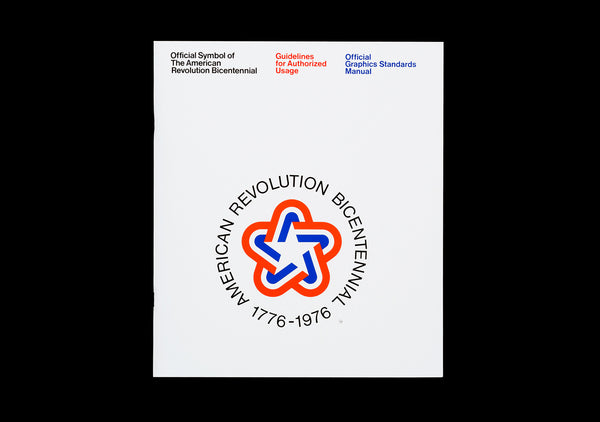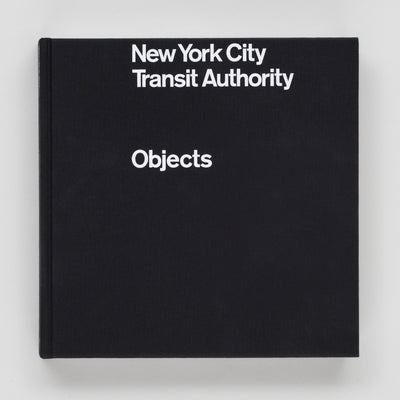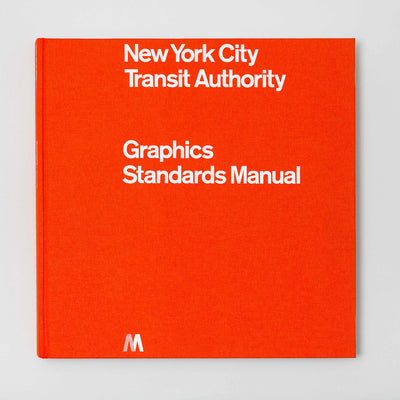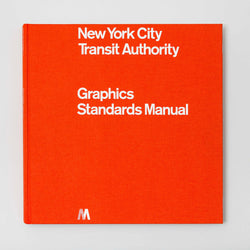
$ 20.00
About
The 1976 American Revolution Bicentennial symbol was the logo for America’s 200th birthday party and a precursor to the NASA logo that Bruce Blackburn would design in 1974.
This edition is a perfect facsimile of the original, wrapped in a black jacket with a foil stamped foreword from Bruce Blackburn and an essay from Christopher Bonanos. The first 1,976 copies are limited edition, featuring a hand-placed original bicentennial post stamp from ’76.





































